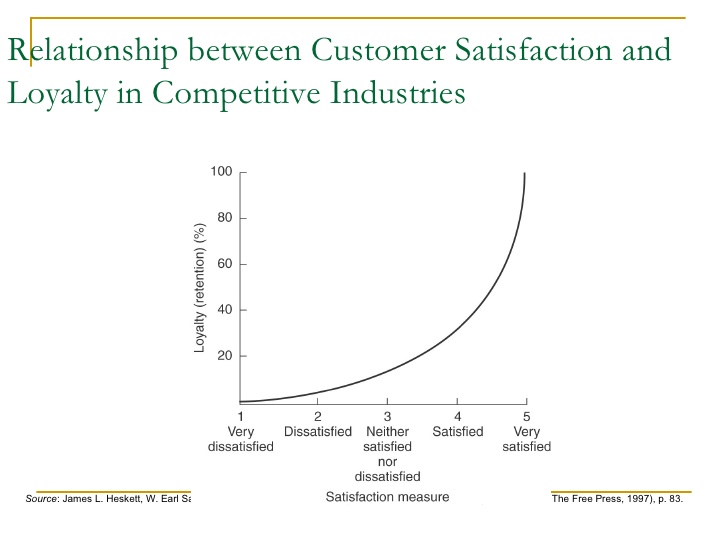Why Your Advisory Practice Needs 2 Marketing Strategies





by Tony Vidler ![]()
![]()
![]()

When considering advisory practice marketing the primary focus from most advisers is
“How much should I spend to get a new client onboard?”
While the answer will vary for everyone of course, the typical answer I hear is “maybe a couple of hundred dollars“. It follows that if you want another couple of hundred clients in coming years and that you are prepared to spend $40,000 to do it (being “a couple of hundred dollars” each), then you need a marketing plan.
Generally professionals are willing to spend that $40,000 because they recognise the potential lifetime value of a client. The ROI makes sense: spend a couple of hundred dollars perhaps and turn that into several thousand dollars of revenue from each of those clients over coming years. It is a good investment….IF you actually get the thousands of dollars in years to come. So we have to have a marketing strategy for realising, or unlocking, this potential lifetime value as well.
It is at this point that the usual error occurs.
Good practices are usually willing to allocate around 3-5% of anticipated revenue to “marketing” each year. A common problem with this approach though is that this budget usually includes the allocation to existing client “marketing” as well as new client acquisition. It follows that it is fairly common for existing clients to actually have less time and attention and resources invested in them as the budget allocation gets weighted towards acquisition rather than retention. In plain language – all the marketing dollars and efforts get focussed on attracting new folk at the expense of marketing to the existing clients.
The full potential lifetime value of clients will only be realised if the professional relationship exceeds their expectations and they are convinced that they are receiving extremely good value.
We need a marketing strategy for this too then.

The potential lifetime value of these clients is the sum of:
Try putting some numbers around that formula….it becomes mind-blowing. Even with some conservative assumptions regarding future opportunities, brand promotion value, and potential referral generation that might be achieved it becomes obvious fairly quickly that in terms of getting a decent return on marketing spending a practice will often do far better from investing more in creating loyal existing clients who give more business and wallet share than in competing in the open market to attract the attention and interest of potential clients. Factor in the potential change in how long a very satisfied client may stay and pay, as opposed to an ambivalent client, and the numbers increase exponentially.
To realise this potential we need a clear strategy for marketing to existing clients. We need to “service them” too – and that comes at a cost to the practice. But marketing to them is over an above the servicing activity.
It is also important to continue directing efforts to the acquisition of new clients of course, and I am certainly not suggesting that a practice should stop trying to do that. Every year a practice will lose some clients through natural attrition – and perhaps that has nothing to do with our service offering or client experience. People get divorced, move overseas, start and shut down businesses…there are a multitude of reasons why good clients leave that actually have nothing to do with how well we do our work, and those clients need replacing if a practice is to grow. Some of those new clients can be generated via our existing and extremely satisfied clients if we get the service and marketing to them right, and some will come from new sources. But we do need to have a plan for how we attract the replacements and new clients required to help drive genuine growth.
The point is that for our allocation of budgets and resources it makes sense to have 2 areas where we commit resources rather than a catch-all “marketing” budget. We should have a budget and clear strategy for creating new client opportunities, and it is a smart play to link that strategy to the existing client relationships and marketing plan. One feeds the other if done well; the two are linked, though quite separate in focus and execution because they are aimed at quite different segments, and they have quite different objectives potentially.
I would argue that it makes more sense commercially and morally to allocate a higher proportion to “client marketing”. This is different to “servicing”….as we need to “market ourselves” to existing clients if we are to create maximum lifetime value for the practice. The difference between the two might be summarised as:
a. Service is simply about meeting or exceeding professional expectations. The objective is to achieve high satisfaction.
b. Marketing is about educating, shifting beliefs and understanding and changing behaviour. The objective is create awareness.
So rather than a service strategy of simply trying to keep customers happy enough to continue with us, we need to have a second marketing strategy whereby we are continually trying to win more support from them and actively change their behaviour from quietly happy customers to becoming active and willing brand ambassadors on our behalf who also do all of their business with our practice.
Comments (0)